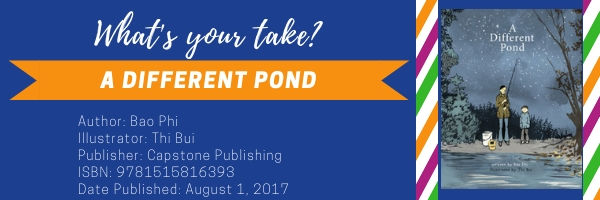By Susan Corapi, Trinity International University, Deerfield, IL
This week I profile titles from the USBBY Outstanding International Books 2019 list that serve as examples of another characteristic of intercultural competence. In the two fictional titles the main character is forced to understand different perspectives. In the non-fiction texts, the reader is invited to consider multiple ways of seeing the world.
One of my earliest conscious thoughts about people who move easily between cultures happened when I was a teenager and had just returned to the U.S. after having spent five years living in France. It struck me that the way my French friends approached life was just as “valid” as the approach of my new American friends. One was not better or more correct than the other–they were just different. Years later, my husband and I took our four boys to France to live for two years because we wanted them to learn that there are multiple ways of approaching food, family, the tempo of life, academic studies, etc. I wanted them to understand how important it is to seek other perspectives–it does not require agreeing with the perspectives, but it does mean finding them and hearing them. This willingness to look for other perspectives and listen to them is a characteristic of an interculturally competent person. The four books mentioned in this post helped me understand a perspective I was not familiar with. As a result I did more research on facts or ideas I discovered in these books.













